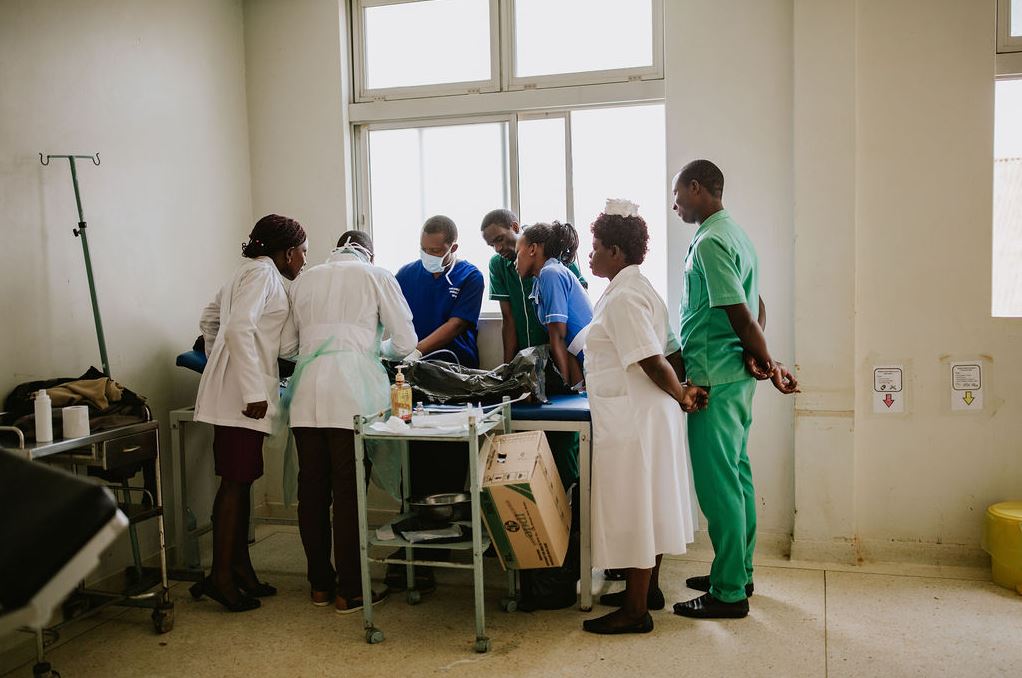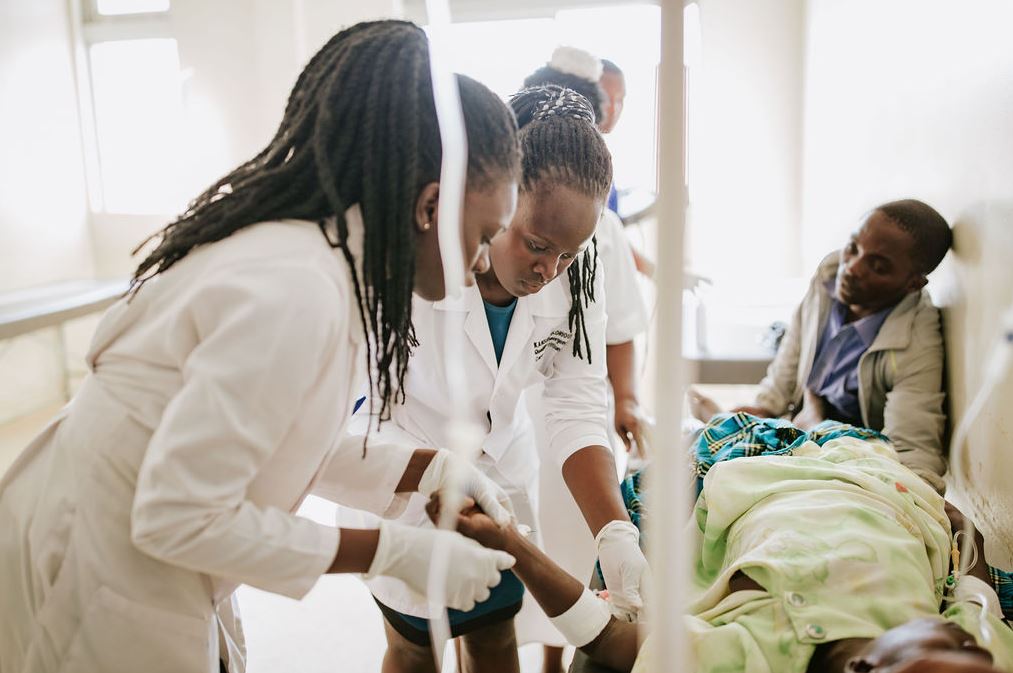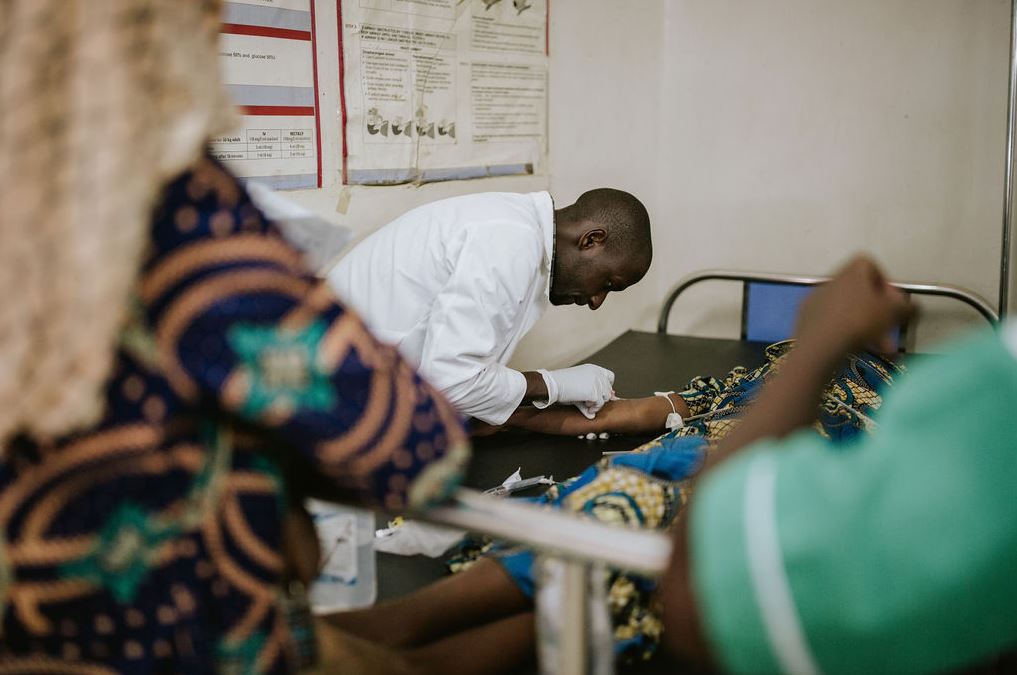Emergency Medicine is a vast field, encompassing a knowledge base of essentially every other discipline in medicine and a wide array of procedural skills; practitioners need to constantly stay up to date. This can be a daunting task and one that requires significant support to be achievable.
To support our graduates after they finish their two-year Emergency Care Practitioner training, we are launching the Continuing Education & Leadership (exCEL) Program. The exCEL Program will provide graduates with continuing medical education opportunities to review higher level content, learn new skills, and receive additional mentorship after they graduate. Furthermore, it will enable ECPs to attend regional retreats and larger scale conferences, take emergency care training courses, and access online resources. Once back at their home hospitals, we’re working to set up visits to work with administration on integrating emergency care into their facilities and regular phone calls to support ECPs in their new environment.The need for continuing medical education
In the US, continuing medical education (CME) is required in every field of medicine in order to provide the highest possible level of patient care. Innovations impact how patients should be assessed, treated, and cared for. As a result, medical professionals have to continue their education and stay on top of these changes. Only by doing so can they confidently provide patients with the level of care they deserve. And while continuing medical education is ubiquitous in the US, no such infrastructure exists for emergency care practitioners in Uganda.
As GEC enters our 11th year training Emergency Care Providers, we’re concentrating on CME to achieve sustainability and maintain the excellent outcomes for patients cared for by the ECPs. We’re defining CME in the broadest terms possible—striving not to just maintain skills, but to continually build new skills as the practice of emergency medicine in Africa evolves. This will take creativity on our part, as the continuing education infrastructure for emergency medicine in Africa is in its most nascent stages.


